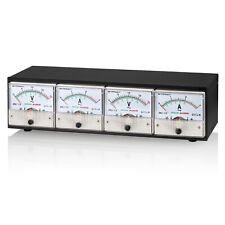Have you ever wanted to know what the commands various commands in linux do? Such as the commands in:
/bin
/sbin
/usr/bin
Move to the bin directory of your choice and follow the example below:
cd /bin
ls | xargs whatis | less
You will get an output of the command and a summary of it’s function:
basename (3p) – return the last component of a pathname
bash (1) – GNU Bourne-Again SHell
bash [builtins] (1) – bash built-in commands, see bash(1)
bash [sh] (1) – GNU Bourne-Again SHell
ca (1ssl) – sample minimal CA application
cat (1) – concatenate files and print on the standard output
cat (1p) – concatenate and print files
chgrp (1) – change group ownership
chgrp (1p) – change the file group ownership
chmod (1) – change file mode bits
chmod (1p) – change the file modes
chmod (2) – change permissions of a file
chmod (3p) – change mode of a file
chown (1) – change file owner and group










